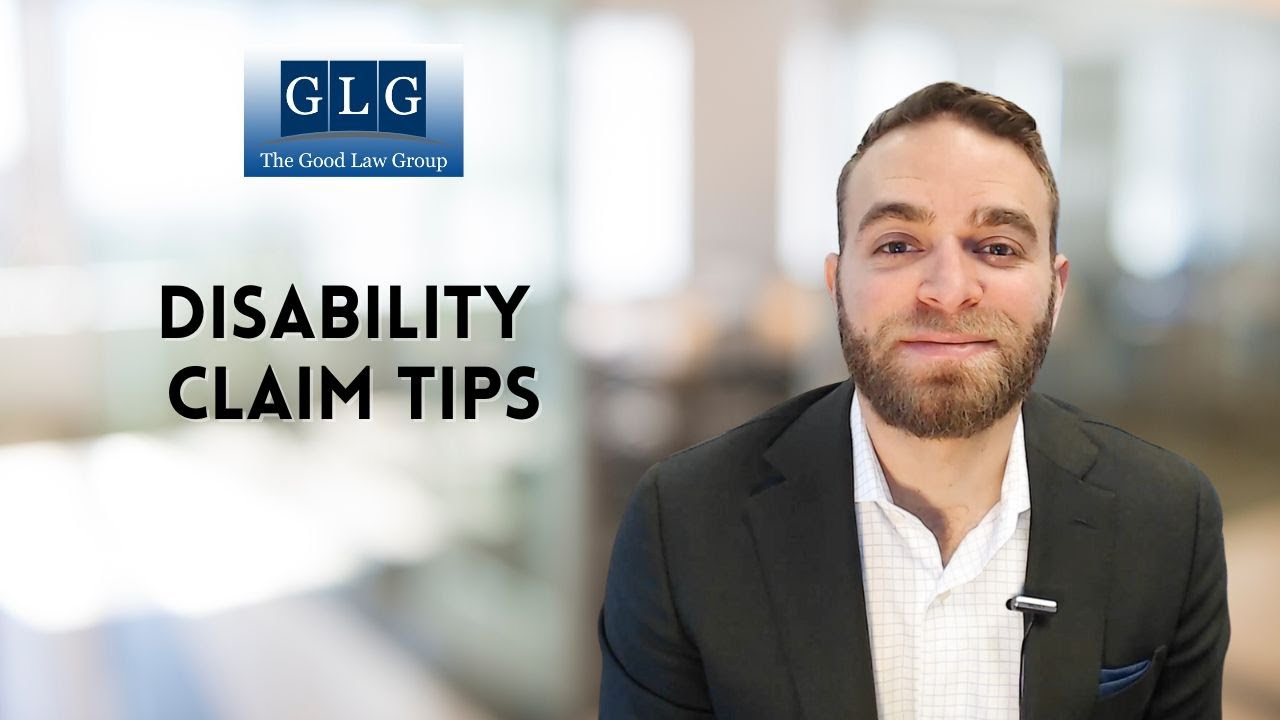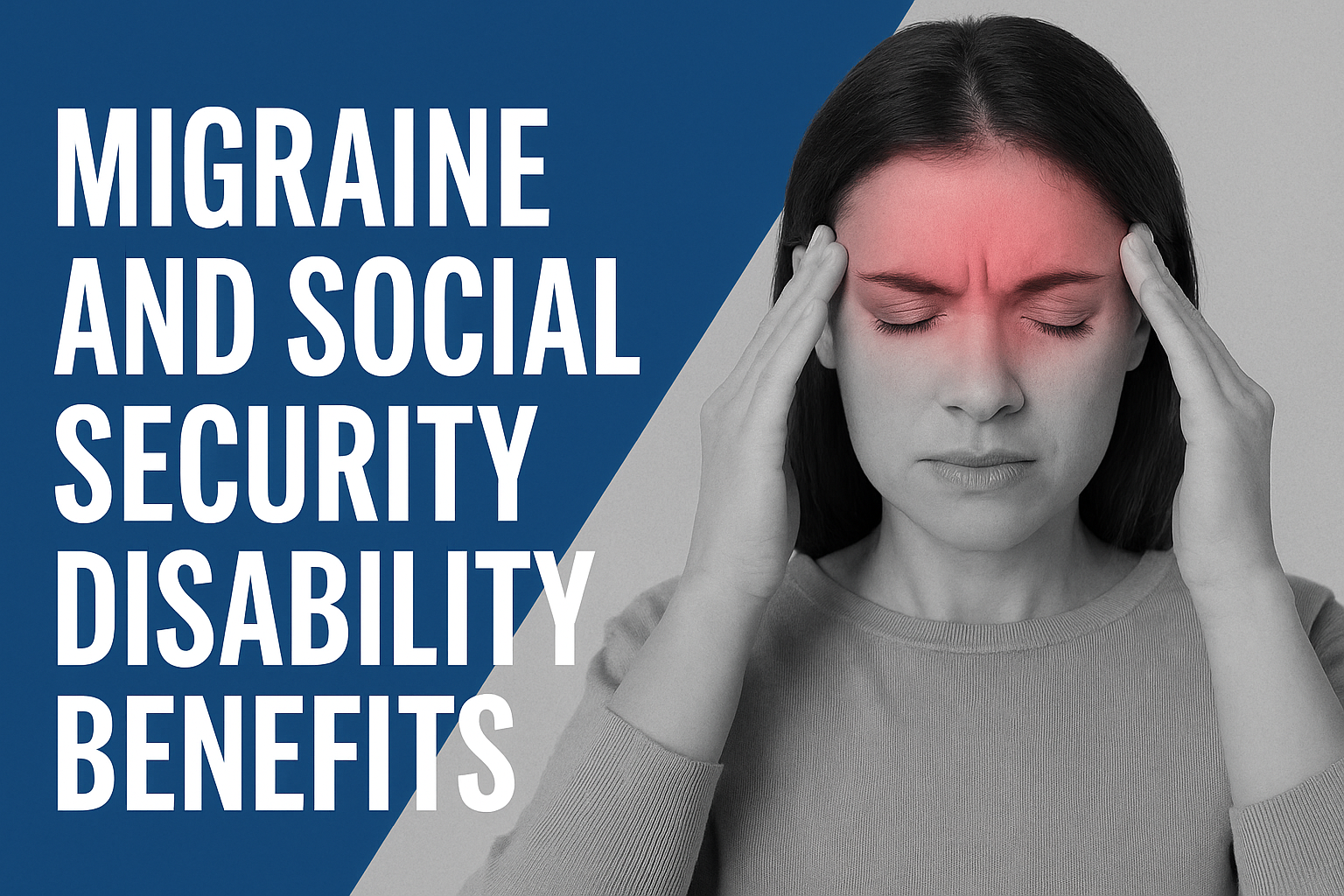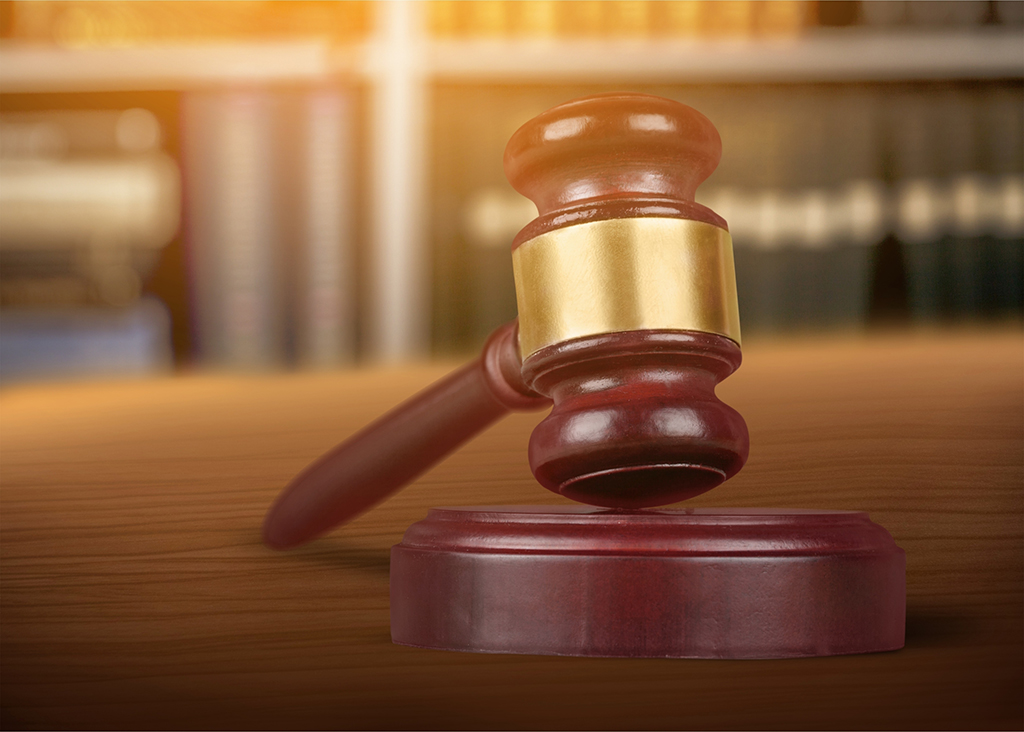Scoliosis is an abnormal curvature of the spine. It can be present at birth (congenital), develop during adolescence (the most common), be caused by bone collapse due to osteoporosis, traumatic injury, or back surgery, or neuromuscular (the result of nerve or muscle abnormalities, such as spina bifida or cerebral palsy).
Scoliosis causes an S- or C-shaped curve in the spine and can vary from mild to severe.
There is no cure, but typical treatment includes bracing to prevent the curvature from increasing and, in cases of severe curves, surgery.
Scoliosis isn’t specifically included in the Social Security Administration’s Blue Book, a list of more than 100 medical conditions that can qualify individuals for social security disability benefits. This may leave you wondering, “Is scoliosis a disability?”
The answer is yes and no. Typically, scoliosis by itself isn’t debilitating enough to interfere with your ability to work. Therefore, to qualify for social security disability (SSD) benefits due to scoliosis, it must either be so severe that it meets the requirements of another disability included in the Blue Book, or you must qualify under a medical vocational allowance, which means your symptoms meet or exceed a listing and inhibit your ability to return to work.
Here is what you need to know if you’re considering filing a scoliosis disability claim.
Scoliosis and disability benefits
To qualify for SSD benefits due to scoliosis based on the diagnosis alone, the severity of your curve and the accompanying symptoms must be so severe that it meets the criteria of a Spinal Disorder in the SSA Blue Book. To qualify under this listing, medical evidence must support a finding that your scoliosis causes one of the following:
- Nerve root compression: Characterized by pain, muscle weakness, and limitations on the ability to move your legs;
- Inflammation of spinal membranes: Resulting in pain and requiring the individual to reposition roughly every two hours;
- Narrowing of the spine: Resulting in chronic pain or weakness and limitation in the ability to walk.
In addition to proving that you have scoliosis, you must also prove that your scoliosis:
- Has lasted, or is expected to last, 12 months or longer;
- Interferes with your ability to participate in substantial gainful activity (defined as earning more than $1,260 per month in 2020), and;
- That you have sufficient work credits to qualify for SSD benefits.
Failure to prove each of these will result in a denial of your application, regardless of whether you meet the SSA criteria for disability.
Scoliosis and other disabilities
In some cases, scoliosis can interfere with other body systems. For example, the location and severity of the curve may compress the heart and/or lungs, leading to cardiovascular issues or trouble breathing. It may also make it difficult to walk without crutches or other walking aids, or even lead to withdrawal or other mental health issues due to disfigurement (severe forms of scoliosis can lead to a hunch back or, if left untreated, uneven shoulders, hips, or leg lengths).
If your scoliosis causes any issues with these other body systems, you may be able to qualify for SSD benefits based on the specific criteria of those listings. Even if you don’t meet the SSA criteria for spinal disorders or any of the other conditions commonly associated with scoliosis, when viewed together, the symptoms may be debilitating enough to qualify. An experienced SSD attorney can help you determine whether you should apply under multiple disabilities.
Medical evidence of scoliosis
As part of your scoliosis disability claim, you must provide the SSA with medical evidence. Scoliosis is frequently diagnosed during routine office exams, with doctors making referrals to specialists if the curvature seems severe or begins to worsen. Appropriate medical evidence of scoliosis may include:
- Physical exam and diagnosis
- X-Ray
- MRI
Medical evidence should also include any treatment you have received or are currently receiving to either maintain or correct the curve. This may include evidence of:
- Bracing
- Physical therapy or massage
- Chiropractic care
- Use of walking aids
- Medication prescribed for pain relief
Scoliosis and residual functional capacity
If you don’t meet the SSA criteria for any listing, you may still be able to qualify for SSD benefits if you can show that your symptoms interfere with your ability to work. The residual functional capacity (RFC) assessment provides the SSA with information regarding what tasks you are capable of performing – and those you are not – despite the scoliosis. The SSA typically approves an SSD application if a review of the RFC shows that your scoliosis causes a 20% or greater decrease in productivity levels.
The RFC looks at the physical and non-physical limitations of scoliosis. For example, your scoliosis may cause back pain that makes it difficult for you to bend over or pick up heavy objects. This would make it difficult if your job involved frequently lifting, such as working in a warehouse or stocking grocery store shelves. When completing the RFC be specific about how your condition affects your ability to perform work-related tasks, using numbers whenever possible.
For example, if you have difficulty bending, don’t say, “It is hard to bend over.” This statement leaves too much open to interpretation by the disability examiner – it is hard for you to bend over, but you didn’t say you can’t.
Instead, be specific about what you cannot do. For example, “I cannot bend more than 45 degrees from the waist without experiencing pain in my lower back. I cannot lift items heavier than 10 pounds, and then only if they are at waist level or placed in my hands.” This makes it clear that it would be impossible for you to perform any job that requires bending and lifting.
If the SSA determines that you cannot return to your former job due to your scoliosis, they will then consider your age, education, and prior work experience to determine if you could perform any other type of work.
Obtaining disability benefits for scoliosis is difficult, but an experienced SSD attorney can help you determine the best way to go about applying. Consider the Good Law Group for your representation – call (847) 577-4476.









